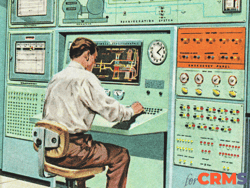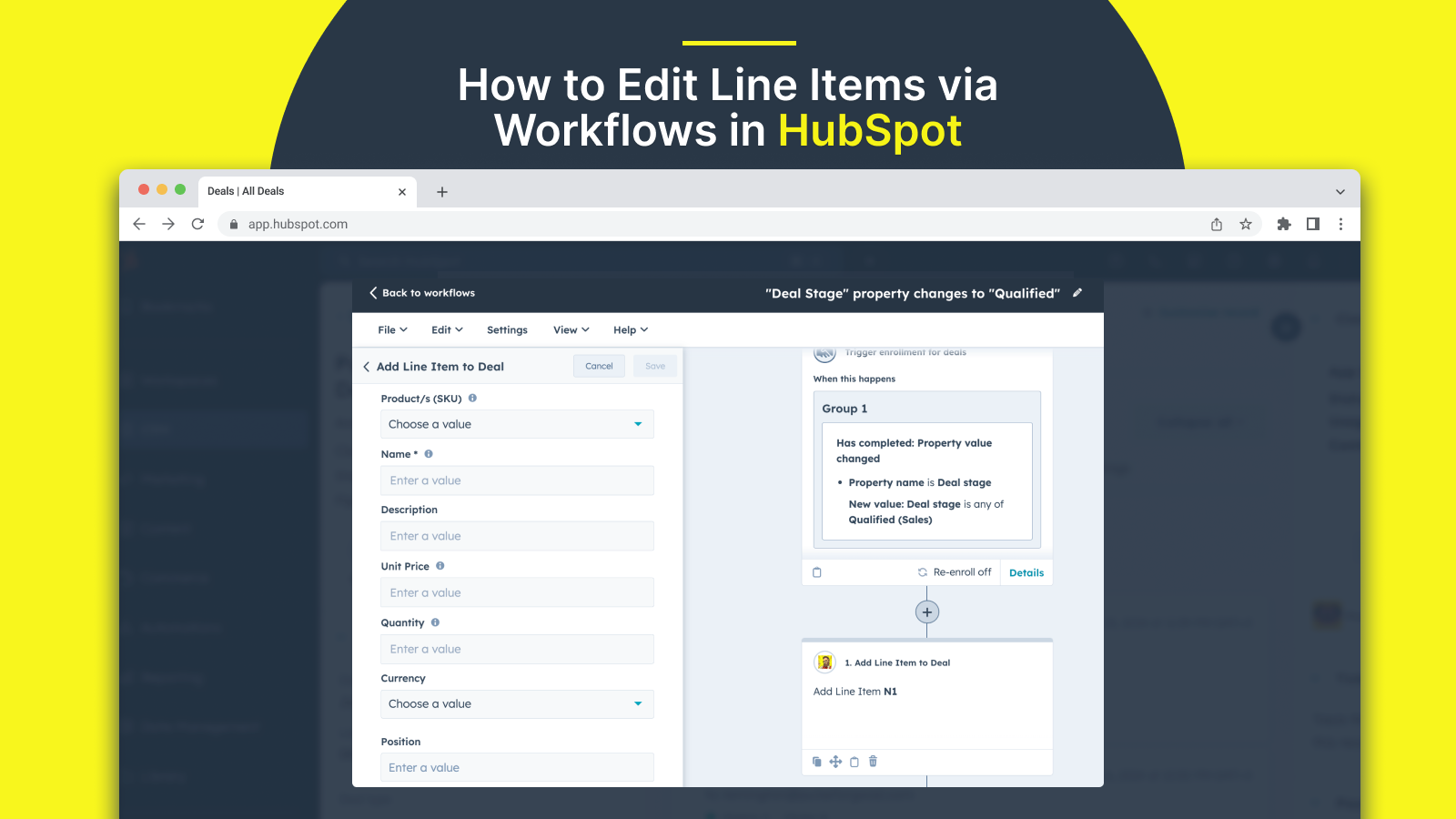In today's fast-paced business world, Customer Relationship Management (CRM) systems have revolutionized how organizations manage interactions with their customers. These platforms offer a comprehensive suite of tools to streamline processes, analyze data, and nurture valuable customer relationships. However, despite the significant advantages that CRMs bring, many companies face a common challenge: low user adoption rates among their teams. This article delves into a comprehensive exploration of strategies aimed at fostering CRM user adoption within organizations.
Understanding the Significance of CRM User Adoption
 A CRM system serves as the nerve center for customer-related data, facilitating efficient communication, targeted marketing, and enhanced sales strategies. Its effective utilization can significantly impact revenue generation, customer satisfaction, and overall business growth. Nonetheless, the successful implementation of a CRM hinges upon the willingness of team members to embrace and leverage its functionalities. Low adoption rates often lead to underutilization and a failure to harness the full potential of the CRM.
A CRM system serves as the nerve center for customer-related data, facilitating efficient communication, targeted marketing, and enhanced sales strategies. Its effective utilization can significantly impact revenue generation, customer satisfaction, and overall business growth. Nonetheless, the successful implementation of a CRM hinges upon the willingness of team members to embrace and leverage its functionalities. Low adoption rates often lead to underutilization and a failure to harness the full potential of the CRM.
Complaining is a human quality. Not an exception in the business sphere either. However,we are far from diminishing user feedback.
We've heard about various reasons for failed implementation. One of the most common can be summarized by the slogan: 'We had a big problem with user adoption.' Where does it come from? Salespeople don't like the new tool; they don't see the point in daily status updates and receiving information. As a result, the management has too little data to make the right decisions. And also... it all ceases to make sense.
Both sides complain about something, costs skyrocket, and no one even expects the promised return on investment. Who's worse off? The employee forced to take on new responsibilities, or the decision-maker who needs to foot a huge bill?
The real problem lies in this divide. Viewing the matter as an eternal clash of influence. Investments in CRM (or any other tool) should serve the entire organization, and if so – let's think about how to act together. For success that benefits clients, employees, management, and in the long term – even the entire economy and the environment!
Strategies for Driving CRM User Adoption

- Leadership Buy-In and Support: Leadership endorsement is pivotal for instigating a culture of CRM adoption. When executives and managers champion the CRM initiative, it sends a clear message about its importance and encourages active participation from team members. Leaders should actively engage with the CRM, demonstrating its value and highlighting success stories to inspire the team.
- Comprehensive Training Programs: Invest in robust and tailored training programs that cater to diverse user roles within the organization. These programs should encompass various learning formats, including workshops, webinars, interactive simulations, and documentation. Continual education ensures that team members are adept at navigating the CRM's features and functionalities.
- User-Centric Customization: Customize the CRM interface to suit the preferences and workflows of different teams and individuals. Incorporate personalized dashboards, reports, and data fields aligned with specific roles and responsibilities. An intuitive and user-friendly interface significantly enhances usability and encourages adoption.
- Clear Communication and Expectations: Communicate the objectives, benefits, and anticipated outcomes of CRM adoption clearly to the team. It's essential to articulate how the CRM aligns with their day-to-day tasks and contributes to achieving organizational goals. Demonstrating the positive impact on individual performance encourages buy-in from team members.
- Incentives and Recognition: Implement incentive programs or recognition schemes to reward and motivate users who actively engage with the CRM system. Recognition can range from acknowledging top performers to offering tangible rewards or incorporating CRM usage metrics into performance evaluations.
- Continuous Support and Feedback Mechanisms: Establish a robust support system where users can seek assistance, share feedback, and exchange best practices. This can involve creating user groups, forums, or designating CRM champions within teams who can offer guidance and troubleshoot issues effectively. Encouraging open feedback fosters a culture of continuous improvement.
- Monitor and Iterate: Regularly track CRM usage metrics and gather user feedback to identify areas that require improvement. Analyze adoption rates, user engagement levels, and areas of low utilization. Use this data-driven approach to iterate strategies, update training materials, or make necessary adjustments to enhance adoption rates continually.
How to Tackle Failed Implementation?
 Nevertheless, when implementation fails, you only have two options.
Nevertheless, when implementation fails, you only have two options.
You can revolt and decide that "playing with IT systems" simply isn't worth it. Or you can seek help from an experienced installer and reassess the situation once more. If the project has failed, chances are there was a lack of analysis prior to implementation or involvement of the product owner. Perhaps you dealt with a company that didn't fulfill its contract or overestimated its skills. No one will refund your lost time. You can fight for money. The question is: do you invest the time to rectify the situation? And how do you go about it?
From a practical standpoint, you need to take a step back to validate the legitimacy of the entire project. Maybe the issue isn't with the system but the inability to utilize functional yet unconscious features. In this case, instead of implementing a new or upgrading an old tool, training for end-users and minor administrative adjustments (read: "skillful system configuration") might suffice.
To ensure, read up on which functions are worth utilizing for salespeople and managers. Perhaps you missed something earlier?
[Related Article: Top CRM Statistics You Need to Know]
Conclusion
Achieving high CRM user adoption involves a concerted effort aimed at nurturing a culture that values and leverages CRM technology to its fullest potential. Implementing these strategies cultivates an environment where the CRM becomes an integral part of daily operations, enabling teams to harness its capabilities for improved customer relationships and sustained business success. Ultimately, successful CRM adoption isn't solely about technology; it's about empowering teams to embrace a tool that amplifies their productivity and cultivates stronger customer connections, thereby driving overall organizational growth and success.
Salespeople shouldn't be engaged in a "battle" with intricate software—it's not an efficient use of their valuable time. A CRM system aims to simplify daily tasks and operations. If traders are expressing dissatisfaction with the new tool, there may have been missteps during implementation or a lack of adequate training. Automation should liberate you from tedious and complex tasks, enabling a focus on cultivating enduring business relationships.
Likewise, if the implemented software fails to meet managerial expectations and impedes the adoption of data-driven decision-making policies, reconsidering your CRM solution becomes necessary.






.png)